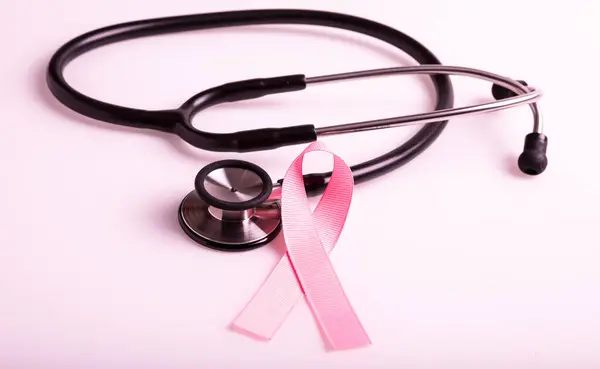For breast cancer survivors over 50, the question of whether they can reduce frequent mammograms is a complex one with no easy answer. Continue reading to learn the details of new research.
A mammogram is an X-ray image of the breast used for early detection of breast cancer. By capturing images of the internal breast tissue, mammograms can reveal abnormalities such as tumors, cysts, or calcifications, even before they are noticeable through physical examination.
The frequency of mammograms, also known as breast cancer screening, varies depending on individual factors and recommendations from different organizations. Here’s a breakdown summary of the current research and recommendations::
General Recommendations
For women with no increased risk:
- The American Cancer Society (ACS) recommends annual mammograms starting at age 45 and continuing as long as a woman is in good health.
- The US Preventive Services Task Force (USPSTF) recommends mammograms every two years for women aged 50 to 74 with average risk.
For women with increased risk:
- Women with a higher risk of breast cancer, such as those with a family history of the disease or genetic mutations, may need to start mammograms earlier and/or have them more frequently.
- The specific recommendations for these women will vary depending on their individual risk factors.
While mammograms are crucial for the early detection of breast cancer, the question of optimal screening frequency after surgery arises when early detection is not achieved. Recent research offers valuable insights into this matter:
ALSO READ: AI Aids Early Detection of Breast Cancer in Different European Populations
Study Findings

- Mammo-50 Trial: This large-scale study investigated the efficacy of less-frequent mammograms in breast cancer survivors over 50 who were three years post-surgery.
- Results: Women receiving mammograms every two years (breast conservation) or three years (mastectomy) had similar survival and recurrence rates compared to those having annual mammograms.
- Implications: This suggests that less-frequent screening may be safe and effective for this specific group, potentially reducing stress, inconvenience, and healthcare costs.
- Limitations: The study only included women over 50 who were at least three years post-surgery, so broader applicability requires further research.
Current Recommendations
- Annual mammograms: Both US and UK guidelines recommend annual breast cancer screening following surgery for early-stage breast cancer.
- US: Annual mammograms are recommended indefinitely.
- UK: Annual screening for five years, followed by every three years for patients 50 and older.
Factors to consider when determining mammogram frequency after surgery:
- Age: Younger women may benefit from more frequent mammograms due to their increased risk of recurrence.
- Type of surgery: Women who have undergone breast-conserving surgery may require more frequent mammograms compared to those who have had mastectomy.
- Individual risk factors: Women with a higher risk of recurrence may need more frequent screening.
- Compliance with the recommended schedule: It’s important to follow the doctor’s recommended mammogram schedule to ensure optimal follow-up and early detection of potential recurrence.
Important Takeaways
- While annual mammograms are the current standard, less-frequent screening might be beneficial for specific groups based on new research.
- Individual risk factors and specific circumstances need careful consideration when determining the optimal mammogram frequency after surgery.
- Consulting with your doctor is crucial to discuss your individual situation and develop a personalized screening plan.
Further Research
- More studies are needed to confirm the findings of the Mammo-50 trial and evaluate the efficacy of less-frequent screening in broader populations.
- Research on optimizing screening schedules based on individual risk factors and patient preferences is also essential.
Importance of Discussing with Your Doctor
- Ultimately, the best way to determine the appropriate mammogram frequency after breast cancer surgery is to discuss your individual situation with your doctor.
- They can assess your specific risk factors, type of surgery, and other medical history to provide personalized recommendations for post-surgical screening.
Conclusion
The new research on mammogram frequency after surgery offers promising possibilities for optimizing breast cancer screening and improving healthcare outcomes. However, individual assessment and personalized approaches remain crucial in ensuring the best possible care for each patient.
Continue to check our website soundhealthandlastingwealth.com for more articles of this kind. And, please use our comment section as well, we would love to hear from you. Source







